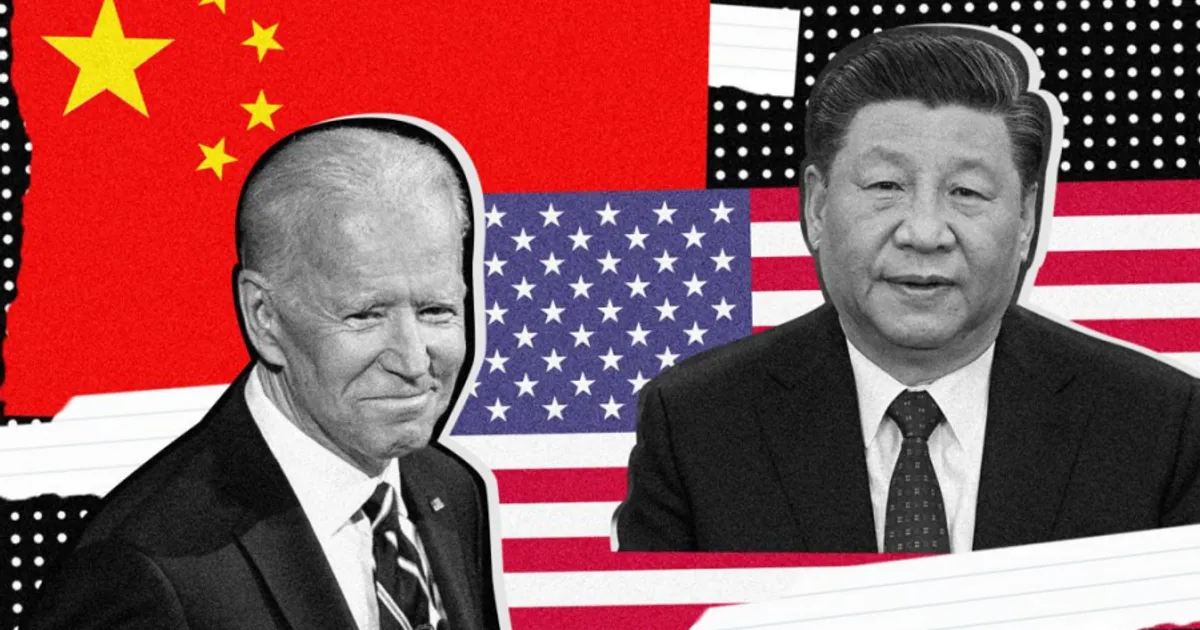In recent years, the semiconductor industry has witnessed a surge in global competition, with key players vying for technological advancements and market shares. One significant player in this landscape is Semiconductor Manufacturing International Corporation (SMIC) International, a Chinese wafer foundry. The United States’ government has raised concerns about SMIC’s connections with the Chinese military, leading to its blacklisting. However, the restrictions have not significantly impacted business exchanges between SMIC and American enterprises. This blog post aims to shed light on the intricate dynamics of SMIC’s interactions with the United States and its role in the semiconductor industry.
The U.S. Regulatory Landscape and SMIC:
SMIC International, a domestic wafer foundry in China, has faced stringent measures from the U.S. government. Designated as a “Chinese military enterprise” by the U.S. Department of Defense and blacklisted by the U.S. Department of Commerce and the Treasury Department, SMIC has also been deemed off-limits for stock trading by U.S. investors. However, intriguingly, these sanctions have not visibly impeded business interactions between SMIC and American companies. Reports from foreign media reveal that a U.S.-based IC design company contributed a significant portion, amounting to 1/5, of SMIC’s revenue in 2022. This underscores the sustained vigor in business engagement between SMIC and American enterprises.
As reported by the Wall Street Journal, SMIC’s listing in the “entity list” by the U.S. Department of Commerce has not translated into an outright ban on American corporations engaging with SMIC. Remarkably, SMIC’s revenue generated from U.S. clientele has exhibited a consistent upward trajectory, reaching a pinnacle in 2022.
Notably, a U.S. IC design company’s contribution to SMIC’s revenue in 2022 amounted to an impressive $1.5 billion, constituting approximately one-fifth of SMIC’s total revenue for that year.
Read More: The Fall of Intel: How an MBA CEO’s Short term thinking destroyed a semiconductor giant
SMIC’s Growing Business Relations:
To accommodate the escalating business demand, SMIC strategically established a direct office in Irvine, California. In May, a grand opening ceremony took place, attracting a significant presence of high-ranking American semiconductor industry executives.
During this event, Roawen Chen, the Vice President of Qualcomm, a leading mobile processor manufacturer, unexpectedly expressed his desire to witness SMIC establish a wafer manufacturing facility within the United States in the future.
While the audience applauded Chen’s statement, Zhao Haijun, SMIC’s Joint CEO, graciously acknowledged the sentiment. However, Qualcomm’s senior management later clarified that Chen’s remark was meant as a jest.
Additionally, the opening ceremony of SMIC’s International Irvine office saw participation from Silicon Labs, Monolithic Power Systems, and MaxLinear, among others. While these companies have not issued official statements, it is recognized that engaging with Chinese enterprises like SMIC has been advantageous for American IC design firms and equipment manufacturers, leading to increased profits and deeper developmental opportunities.
It’s essential to note, however, that these businesses remain steadfast in their commitment not to provide SMIC with the most advanced equipment or rely on them for cutting-edge process work, underscoring their dedication to safeguarding U.S. national security interests.
Read More: China: Too large, Too important & Too strategic to walk away from
The Controversy Surrounding Huawei and SMIC:
One of the recent developments that shocked the U.S. government was Huawei’s announcement of a new smartphone driven by a processor utilizing 7 nm advanced processes, believed to be produced by SMIC. This revelation has reignited concerns regarding the restrictions imposed on SMIC and its potential ramifications on U.S. national security. Republican heads of the U.S. House of Representatives have called for a comprehensive blockade of both SMIC and Huawei, emphasizing the need to address loopholes in existing restrictions.
The controversy surrounding Huawei and SMIC raises a number of important questions about the future of global technology. One question is whether the US should continue to use trade sanctions to try to slow China’s technological development. Another question is whether China will be able to develop its own semiconductor industry without relying on US technology.
The controversy has also had a significant impact on the global semiconductor industry. The US sanctions on Huawei and SMIC have made it more difficult for semiconductor companies to operate in China. This has led some companies to shift their production to other countries, such as Vietnam and Malaysia.
The controversy is likely to continue for some time. The US government has shown no signs of backing down on its sanctions, and China is determined to develop its own semiconductor industry. The outcome of this controversy will have a significant impact on the global technology landscape.
Read more: 4 Taiwanese Companies Reportedly helped Huawei build chip factories
Conclusion:
The dynamics between SMIC International and U.S.-China semiconductor relations are multifaceted and intricate. Despite being blacklisted and labeled as a Chinese military enterprise, SMIC continues to forge strong business relationships with American enterprises, with a significant contribution to its revenue coming from a U.S. IC design company. The evolving landscape of the semiconductor industry, alongside geopolitical tensions, underscores the complexity of this relationship and the challenges faced by policymakers in managing it effectively.








